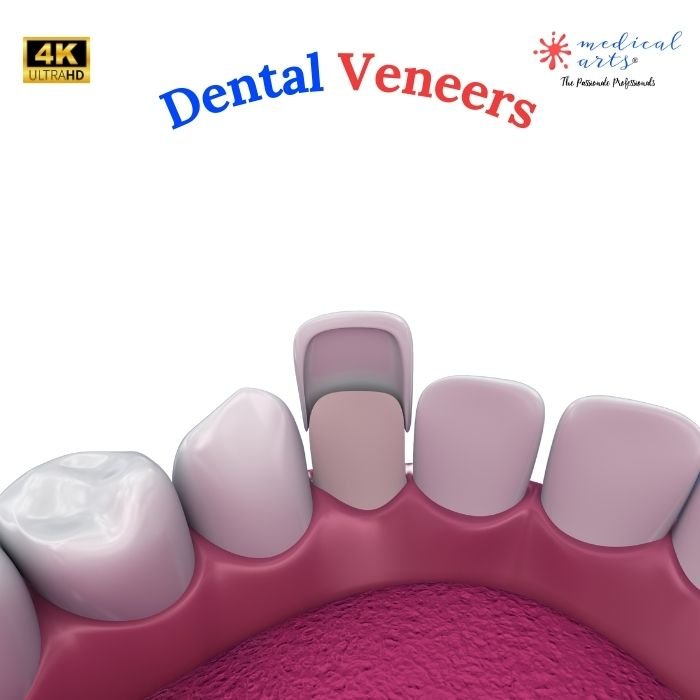Dental Veneers: A Comprehensive Overview of Procedure and Clinical Considerations
Article still under construction 🚧
Overview
Dental veneers, custom-fabricated shells made of composite resin or porcelain, serve as an aesthetic and functional solution for various dental issues. This article provides:
- An in-depth look at the clinical procedure for veneer placement.
- Discussing the indications.
- Contraindications.
- Post-operative care.
Introduction
Dental veneers are custom-made, wafer-thin shells designed to cover the anterior surface of teeth. Made from either composite resin or porcelain, dental veneers are primarily used for aesthetic correction but also offer functional advantages. The following details the steps and considerations associated with this dental intervention.
Clinical Indications
Indications for dental veneers include:
1. Tooth discoloration resistant to conventional bleaching techniques2. Minor alignment issues or diastemas
3. Chipped or fractured teeth
4. Teeth with shape or size discrepancies
Contraindications
1. Insufficient enamel2. Bruxism (teeth grinding)
3. Severe malocclusion
4. Active periodontal disease
Procedure
Consultation and Diagnostic Phase
1. Initial Consultation: Involves patient-dentist dialogue to discuss treatment goals and assess suitability for veneers.2. Diagnostic Imaging: Radiographic evaluation, often using periapical or panoramic X-rays.
3. Impressions: Dental impressions are made to serve as a blueprint for veneer fabrication.
Preparatory Phase
1. Enamel Reduction: Approximately 0.3 to 0.5 mm of enamel is reduced from the tooth's labial surface to accommodate the veneer.2. Tooth Impressions: A dental impression or digital scan is taken post-reduction and sent to a dental laboratory for veneer fabrication.
3. Provisional Veneers: Temporary veneers may be placed to protect the prepared teeth.
Bonding Phase
1. Trial Placement: Veneers are initially positioned on the teeth to assess fit and colour match.2. Chemical Etching: Acid etching of the tooth surface enhances the adhesion of the veneer.
3. Adhesive Resin: A layer of adhesive resin is applied between the tooth and veneer.
4. Curing: A polymerization lamp emits a specific wavelength of light to initiate the curing of the adhesive resin.
5. Excess Resin Removal: Any residual adhesive material is carefully removed, and occlusion is checked.
Post-operative Care
1. Follow-up: A post-operative appointment assesses veneer placement, gingival health, and patient satisfaction.2. Oral Hygiene: Patients must maintain regular oral hygiene, including flossing and brushing with a non-abrasive fluoride toothpaste.

